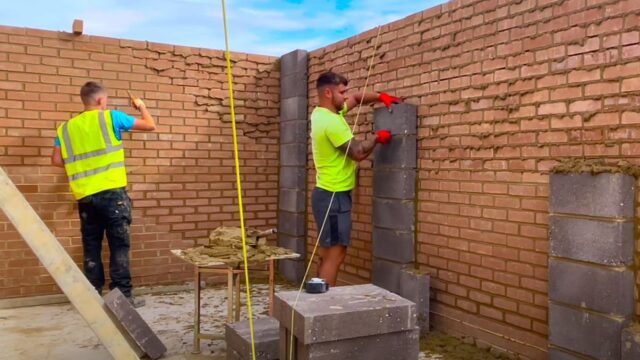Insulation Differences in Timber and Brick Garages: A Melbourne Perspective
When it comes to building a garage in Melbourne, one of the key decisions is the choice of construction material, particularly between timber and brick. Each material brings its unique qualities, especially regarding insulation, which is a crucial factor given Melbourne’s diverse climate. This article delves into the insulation properties of timber and brick garages, offering insights into their respective advantages and drawbacks. Understanding these differences is essential for homeowners in Melbourne who are planning to construct a garage that not only meets their aesthetic preferences but also provides optimal functionality in varying weather conditions.
Insulation in Timber and Brick Garages
- Timber Garages:
- Insulation Properties: Timber is superior in insulation compared to brick and concrete, featuring multiple layers for insulation, including timber cladding, an air gap, a damp-proof membrane, and an OSB layer.
- Condensation: Reduced condensation due to effective insulation; walls usually feel warm, indicating efficient heat retention.
- Brick Garages:
- Insulation Properties: Brick offers better insulation than concrete; attaching to a house or adding internal insulation reduces condensation risks.
- Condensation Issues: More prone to condensation compared to timber, especially in free-standing, uninsulated garages.
Environmental Considerations in Melbourne
- Impact on Construction Choices: Builders must minimize environmental impact, focusing on waste and noise management.
- Guidelines for Compliance: The construction sector guide outlines steps to manage risks related to pollution and waste.
Local Regulations and Practices
- Council Bylaws and Regulations: Local laws under the Local Government Act regulate construction activities, including permits and compliance requirements. The Code of Practice sets specific standards for public safety and protection of municipal assets.
Summary Table
| Category | Timber Garages | Brick Garages |
| Insulation Quality | Superior insulation due to layered structure including timber cladding, air gap, and OSB layer. | Good insulation, better than concrete but less effective than timber. |
| Condensation Risk | Lower risk due to effective insulation, with walls typically feeling warm. | Higher risk, especially in free-standing, uninsulated garages. |
| Environmental Impact | Must comply with guidelines on waste and noise management. | Same as timber, with a focus on minimizing environmental impact. |
| Local Regulations | Subject to council bylaws under Local Government Act for permits and safety standards. | Same as timber, adherence to Code of Practice for public safety is required. |
In conclusion, the choice between timber and brick for garage construction in Melbourne hinges on various factors, with insulation being a primary consideration. Timber garages offer superior insulation and reduced condensation risks, while brick garages provide robustness with adequate insulation, especially when supplemented internally. However, regardless of the material chosen, adherence to environmental guidelines and local council regulations is imperative for a successful and sustainable build. By weighing the insulation properties and regulatory requirements, homeowners can make an informed decision that aligns with their needs and the unique environmental conditions of Melbourne.
